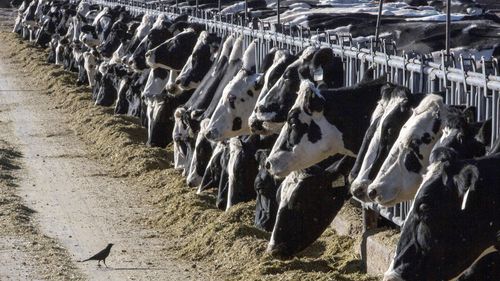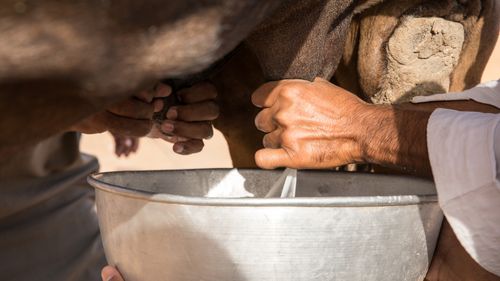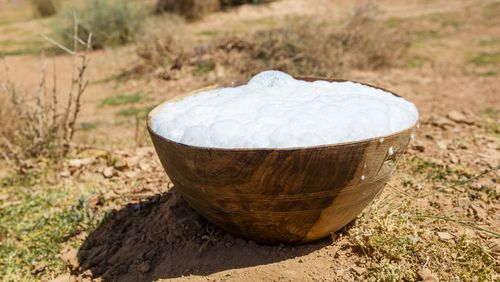New Australian research has revealed the dairy we should be consuming – and cows have nothing to do with it.
They also found that camel milk contained more naturally occurring bioactive peptides compared to cow’s milk – something PhD student Manujaya Jayamanna Mohittige said was “a good thing”.

We now know that camel milk has the potential to be hypoallergenic compared to cow’s milk, but also that it has higher potential to yield bioactive peptides which can have antimicrobial properties and anti-hypertensive properties,” he said.
“These bioactive peptides can selectively inhibit certain pathogens, and by doing so, create a healthy gut environment and also has the potential to decrease the risk of developing cardiovascular disease in future.”
However, Mohittige said that the potency of these bioactive peptides still needed further testing.

Camel’s milk has also previously been found to have lower lactose levels than cow’s milk.
Cow’s milk typically contains between 85 to 87 per cent water, with 3.8 to 5.5 per cent fat, 2.9 to 3.5 per cent protein, and 4.6 per cent lactose.
In contrast, camel milk consists of 87 to 90 per cent water. Its protein content varies from 2.15 to 4.90 per cent, fat ranges from 1.2 to 4.5 per cent, and lactose levels are between 3.5 and 4.5 per cent.

Currently, about 81 per cent of global milk production is sourced from cows, with camel milk production sitting at fifth place, behind buffaloes, goats and sheep.
Camel milk only accounts for around 0.4 per cent of current milk production globally.
However, Mohittige said Australia’s semi-arid climate and the existing camel population – albeit somewhat feral – made for a convincing argument to increase both production and consumption.

“Camel milk is gaining global attention, in part because of environmental conditions,” he said.
“Arid or semi-arid areas can be challenging for traditional cattle farming, but perfect for camels,” he added.
A number of camel dairies are already exist in Australia, however, production volumes are still low. Compared to dairy cows, which can produce up to 28 litres of milk a day, camels typically produce about five litres a day.
Currently it is also more expensive and also less widely available in Australia than cow’s milk.







